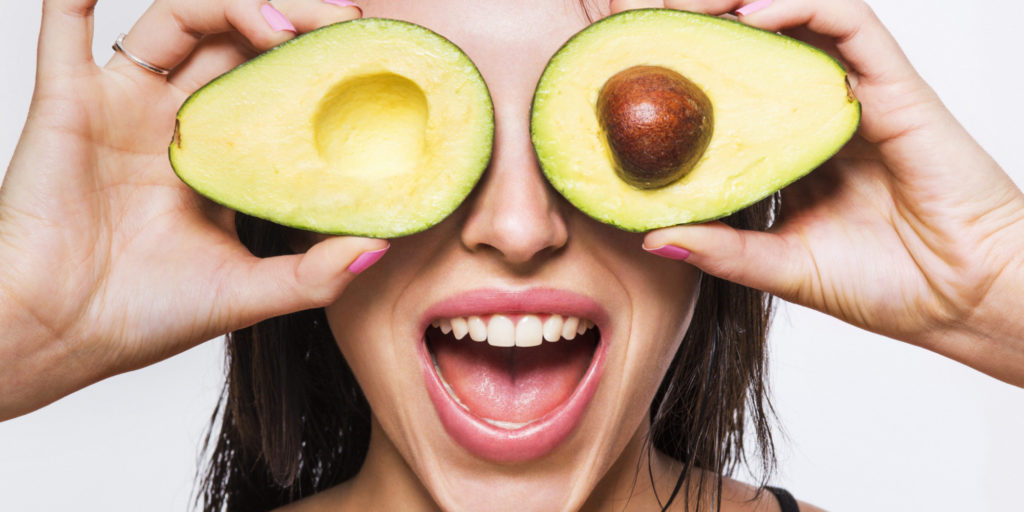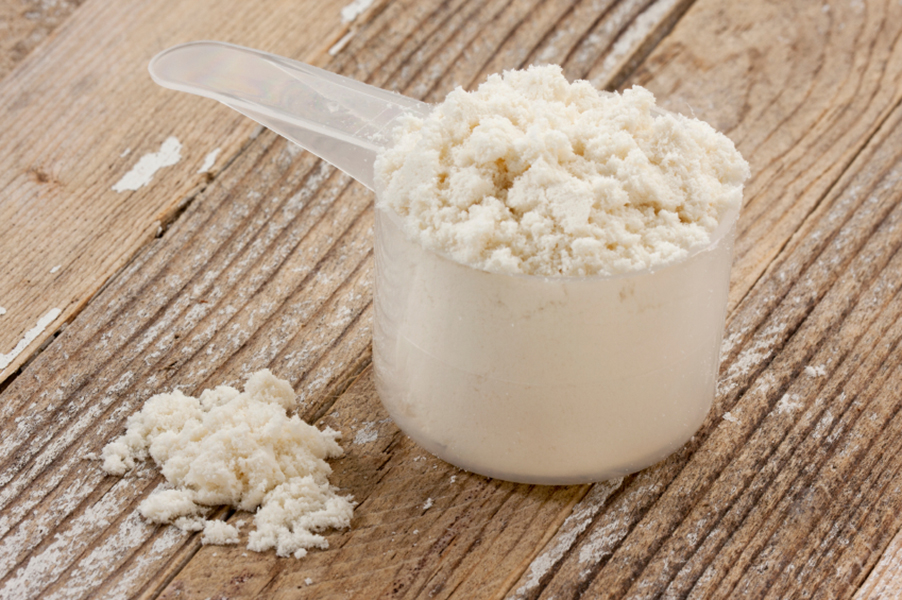Metabolic Flexibility: Fats

The third installment of the April series on Metabolic Flexibility covers fat, which is often very much misunderstood. Your body has two primary energy sources. The first being carbohydrates. The second being healthy fats. When your carbohydrates are depleted your body looks to fat reserves to create fuel. Your body will not use both carbs or fats for fuel, it will choose one to produce energy. As soon as carbohydrate reserves lower in your body, and insulin lowers in your body, you will begin to use its fat as fuel.
For the last few decades society has villanized fat and has put “Low Fat” everything on a pedestal. In reality, fat is not the enemy. When you have a low fat diet you are most likely eating more protein and carbohydrates, and sometimes you’re eating too much. When you consume more protein then your body can process it is stored as a carb instead of working to repair and rebuild the muscle tissue in your body. Dietary fat is very slow burning in the body so when you replace the fat with faster burning carbs you tend to feel less energetic because energy from carbohydrates is used very quickly. Once the carb reserves are used and there is no fat reserve to tap into you risk burning muscle. Hey, your body has to use something to feed itself, what do you think it is going to turn to? Your MUSCLE which you want to keep to look long, lean, and toned. Muscle burns calories 24 hours a day and if you eat a low fat or no fat diet you will have a hard time building and maintaining muscle.
When you consume fat a process called lipolysis takes place, which is the breakdown of fat stored in fat cells. In this process, fatty acids are released into the bloodstream and circulate throughout the body. When you have fat in your blood your goal is re-route that fat away from fat reserves where it would be stored as fat and over to your muscles for fuel. What controls this? Drum roll please – HEALTHY DIET and EXERCISE! But not just any exercise. High intensity cardio. Weight lifting. Getting your heart rate up for at least 20 minutes 3-5 times a week. Sounds too simple to be true? Believe it.
Check out the list of healthy dietary fat sources and revisit this post here for how you can incorporate it into your diet.
- Olive oil
- Sunflower oil
- Peanut oil
- Sesame oil
- Coconut oil
- Avocados
- Olives
- Nuts (almonds, peanuts, macadamia nuts, hazelnuts, pecans, cashews)
- Peanut butter
- Fatty fish (salmon, tuna, mackerel, herring, trout, sardines)
- Flax seed
Need some more information? Check out this site, and this one, and this one for some more facts.







I’m always confused by cooking with oils because heat can alter the composition. Is using a normal amount of oil to sauté food unhealthy?